Transavia put a teenager on its blacklist because he used Airdrop to share an unsettling picture with others on board, just before takeoff.
According to many airlines and cabin crews, the past couple of years saw an extraordinary rise in unruly passenger behavior. There are many factors that may have had a role in this, the pandemic likely being THE big one. But some other actions can also cause distress, even if they outwardly lack any physical violence.
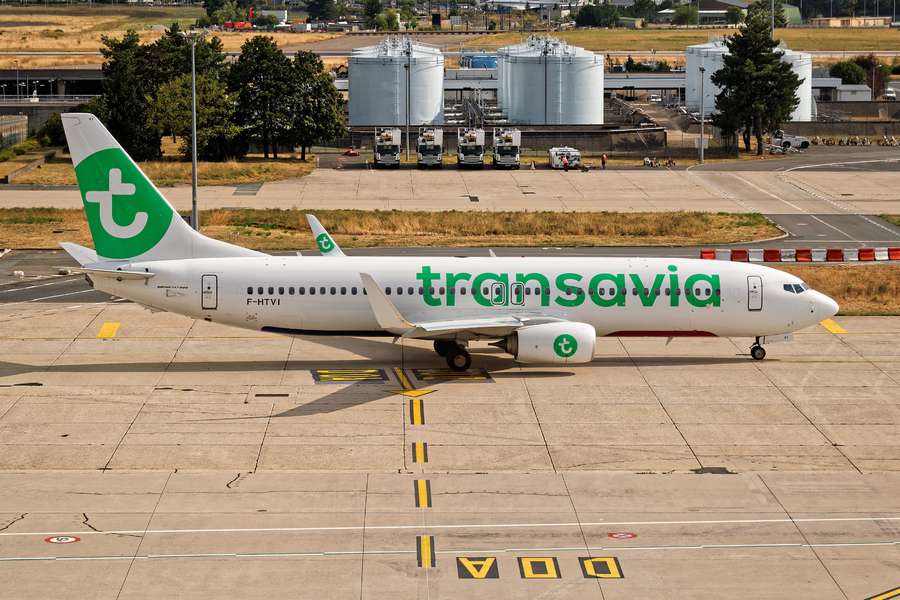
It appears that this incident happened on Wednesday the 10th of August. The teenager making this Airdrop hoax was on a flight departing from Rotterdam in the Netherlands, heading for a holiday destination in Croatia. Shortly before departure, the young passenger used the app in question, to send a picture showing an aircraft crash, to other passengers.
Identifying The Airdrop Teenager
However, one of the people to receive the photo was a cabin crew member. If the teenager thought that using Airdrop this way is fun, the airline and its crew didn’t. The cabin crew contacted the pilots, informing them of the situation. Then the cabin crew requested that the person who did this come forward.
Initially, the teenager didn’t. Then the flight’s captain made an announcement, making it clear that the plane wasn’t going anywhere until the culprit owns up. That did it. The teenager admitted to doing this Airdrop prank, at which point authorities removed him from the aircraft. Confirming that the airline placed the teenager on its blacklist, a Transavia spokesperson said:
“We regard this as a sort of bomb threat. Airline staff saw the photo, children saw the photo. We are, therefore, taking the incident seriously and the purser has made a formal complaint about a threat.”
The Airdrop function that the teenager used is a feature of Apple portable devices. It allows users of iPhones and iPads to exchange photos or videos quickly. A lot of users tend to set their devices so that they can only accept Airdrop material from existing phone contacts. But some don’t, either out of habit or because they often work and/or exchange photos with multiple people.
More Similar Events
Unfortunately, this is not the first time that a teenager or other young adult used Airdrop to do this. Back in May this year, a flight’s captain returned the aircraft to the terminal in Israel, when another passenger sent multiple plane crash photos to others. Then the authorities removed everyone AND their luggage from the aircraft, to search them.
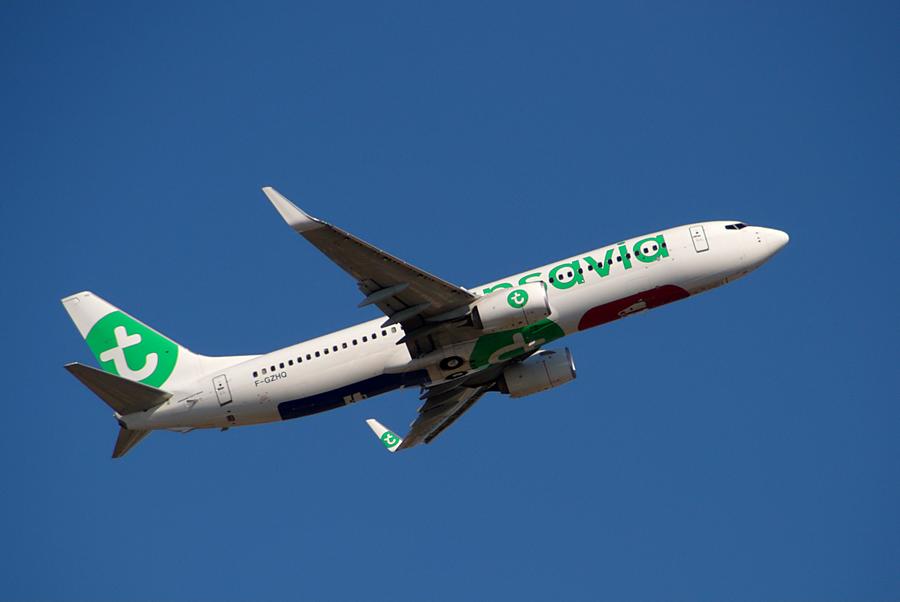
Just two months before that incident, a very similar event happened on an Alaska flight in Seattle. This time the Airdrop prankster was younger than a teenager, at only 10. But the kid’s photo was a message about hi-jacking the flight. Another passenger informed the crew, who chose to treat this as a bomb threat.
The aircraft remained away from the terminals, and police boarded it, to find the culprit. Fortunately for the ten-year-old, he was too young to be charged for such a crime. More such incidents happened in previous years. And going beyond Airdrop photos, we recently saw how another teenager posted a joke threat about the EasyJet flight he was on, suffering the consequences. After involving a fighter jet.
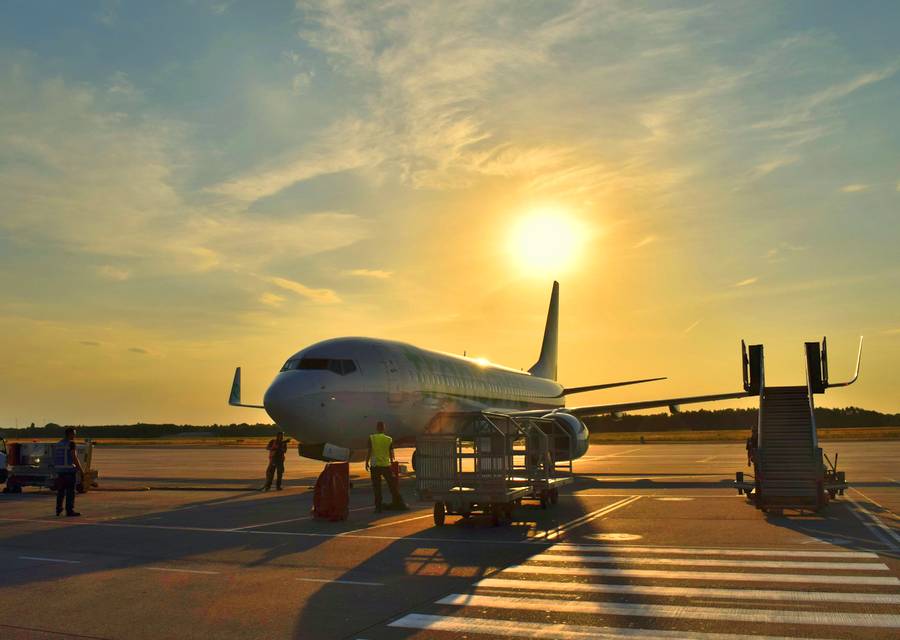
Again, this seems to fall under the “it seemed like a good idea at the time” category of bad decisions. But again, in several countries, authorities treat a threat to an aircraft’s safety as a crime. And in the places where they might not, a flight ban can really disrupt someone’s current (and future) holiday plans. Not to mention the anxiety they might cause to nervous flyers.

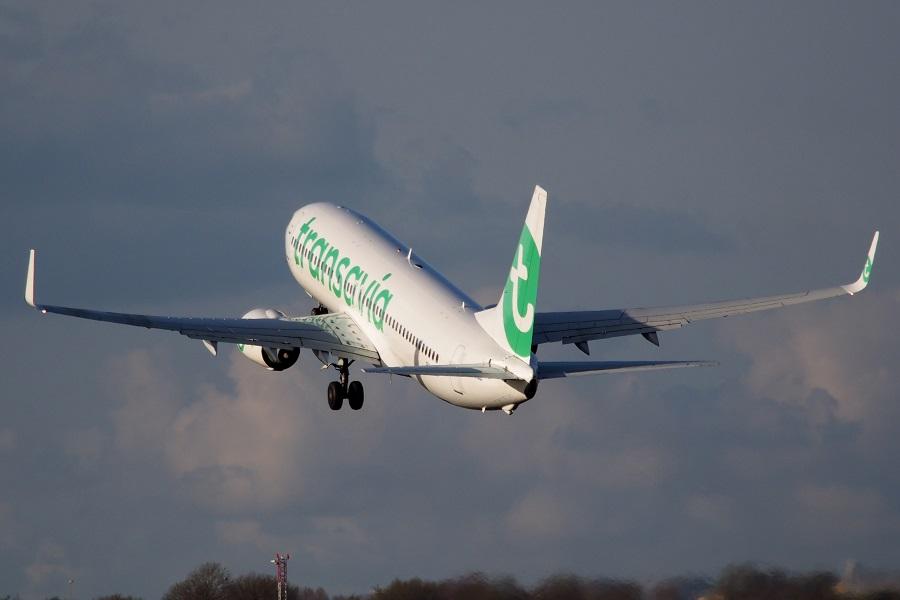
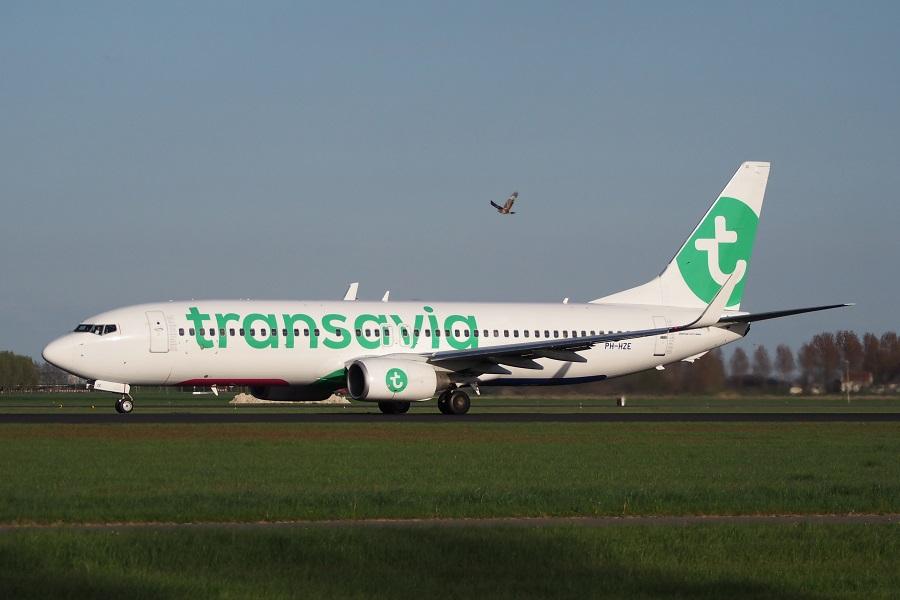



1 comment
Andrew Steitz
The airlines should also ban whoever the adult was that was with them for failure to supervise.